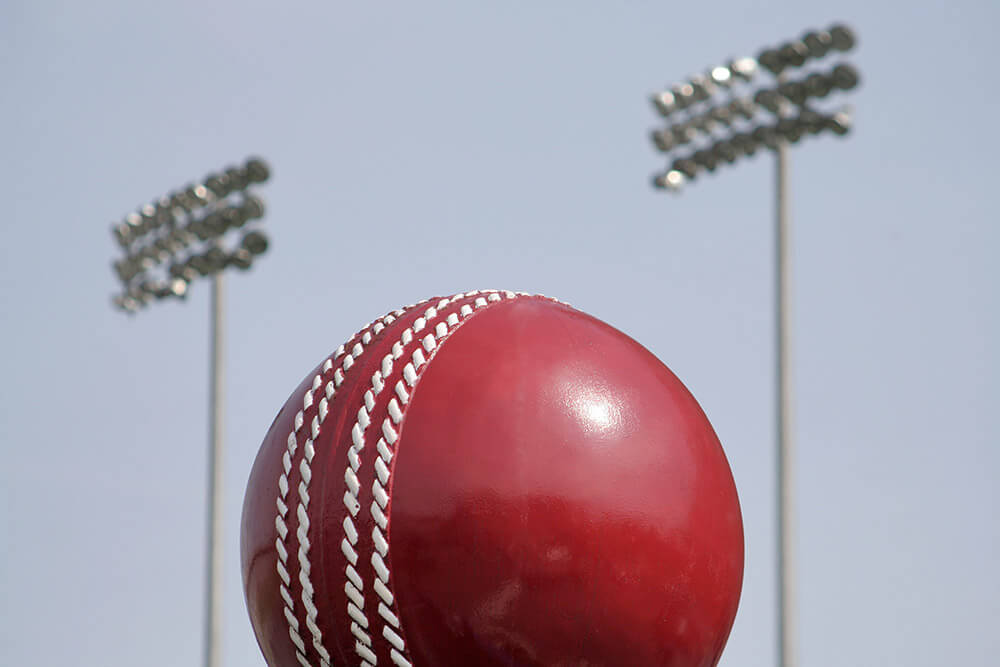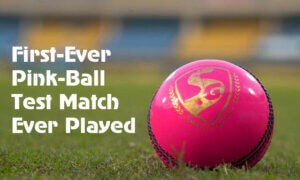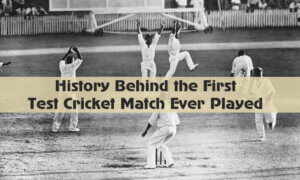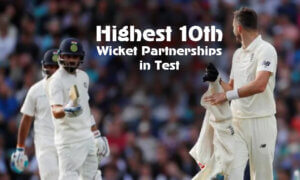DRS in Test cricket in India

The Decision Review System (DRS) has become a huge part of the game. In fact, every international series has DRS involved and even some of the top T20 leagues in world cricket have started adopting the DRS system. It could well be said that the top formats of cricket seem incomplete without DRS.
The system was largely introduced to avoid umpiring howlers and assist the on-field umpires. It also gives players who are unhappy with the on-field decision of the umpire the opportunity to challenge those calls. When a DRS has been taken by a player or a team, the decision is referred to the third umpire who uses the technology available to him to make the decision. If there is conclusive evidence that the decision taken by the on-field umpire is incorrect, the third umpire will overturn the on-field call.
While the third umpires have been in place since 1992 and are monitoring television replays, the DRS was only introduced in 2008. The system was first tested in 2008 in a three-match Test series between Sri Lanka and India. However, it was officially launched by the International Cricket Council (ICC) in November 2009 and it was used in the Test series between New Zealand and Pakistan.
The DRS was first used only in Test cricket for a couple of years before being tried in ODI cricket. It made it’s debut in the 50-over format in January 2011 before the 2011 World Cup and it was a part of the mega tournament as well. However, it took a long time before DRS made its way into T20I cricket. It was only in 2017 that T20I cricket first embraced DRS and has been using it ever since.
Contents
DRS Rules in Test Cricket
p>There are quite a few DRS rules in Test cricket. Players can challenge the on-field umpire’s call and review the decision by making a ‘T’ sign. The on-field umpire will ask the third umpire to review the call and go through all the processes involved. Irrespective of the mode of dismissal involved or reviewed for, the third umpire first checks for the no-ball and confirms if it is a legitimate delivery.If the review is taken for a catch, then the third umpire first checks front-on spin vision which is the normal replay and even sees the slow-motion replays. He then moves on to hotspot if it is available. Hotspot is an infrared imaging system which shows a mark if the ball has touched the bat. However, not all countries have hotspot available to them. Hence, the universally used Snicko or Ultra Edge is called in. This technology detects if there is a murmur, a spike or a deviation when the ball passes the bat. If any of the above conditions turn out true, then the batsman is given out.
If the review is taken for an LBW call, the above process is done first. The third umpire checks if the batsman has edged the ball and if he has, then the batsman is not out. However, if there is no bat involved, then he moves to ball tracking (commonly known as hawk-eye). The ball tracking is used to determine the trajectory of the ball from the impact of the ball when it hits the pad. The process is first checked if the ball has pitched in line (not outside leg stump) and then checked if it has hit the pad in line with the stumps and then it is seen if the trajectory of the ball goes on to hit the stumps. If so, then the batsman is given out.
However, there is a slight twist here. There is something called an umpire’s call in an LBW review. This rule was introduced in 2016. This favours the call that the umpire has made on the field. If it is not out and the ball tracking shows umpire’s call, the decision remains not out and vice-versa. The ball tracking might show umpire’s call either for the impact (where the ball hits the pad) or even on hitting the stumps. If the ball tracking shows that there is more than 50% of the ball hitting more than 50% of the stumps (leg stump or off stump), then the batsman is out. Else, if the ball is hitting the stumps but not as per the rule mentioned above, then the umpire’s call is shown on ball tracking.
How Many DRSHow Many DRS Are Allowed in Test Matches?
https://www.cric-life.com/article/10-best-bowling-figures-in-test-cricket/" target="_blank" rel="noopener noreferrer">Test cricket, there have been quite a few DRS rules that have changed over the years. First, there were two reviews allowed per team i.e. each of the two teams (batting and bowling) would get two reviews right at the start of the innings. The number of reviews (2) would get restored after the 80-over mark for both, the batting and bowling teams, no matter if the teams used both their reviews or not.
If the decision was not overturned, the team would lose a review. However, if the player or team manages to get the decision in their favour (out to not out or not out to out), their review would be retained. In short, the teams could use two unsuccessful reviews until the 80th over in an innings before they were restored. Once they were restored, the teams had two reviews for the next 80 overs of the innings.
However, in November 2017, the ICC modified the rules. The top-up of reviews after 80 overs in an innings was scrapped and there was an extra rule added. According to it, if the LBW call says umpire’s call, then the teams do not lose their review and it is retained. So, both teams get two reviews each or rather can make two unsuccessful reviews each in a Test innings.
However, with the COVID-19 pandemic wreaking havoc and restricting travelling, international and neutral umpires are not guaranteed. Hence, the ICC has decided to increase the number of reviews in a Test innings to three until the situation in world cricket improves.






